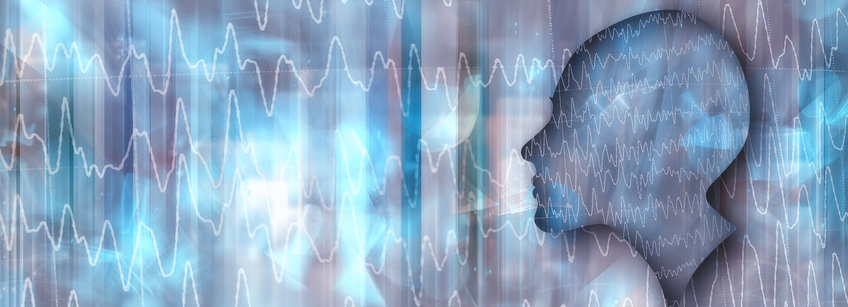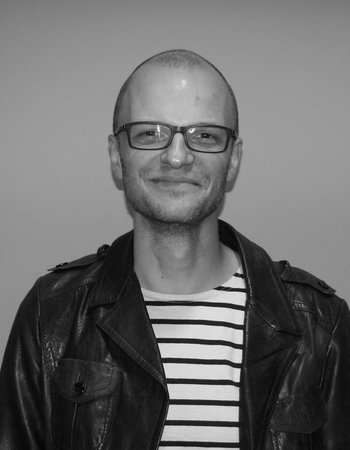
WP3 ULiège: Psychophysiology of sleep and disease risk
Background
Associating sleep with brainstem microstructure in vivo. The group recently related early brainstem deposit of tau protein and neuroinflammation to the known transient increase in cortical excitability found in preclinical AD. As a major resource, they acquired the Liège sleep dataset including qMRI at 3T in 363 young and 200 older healthy genetically characterized individuals. Preliminary unpublished results suggest an association between REM sleep duration and brainstem myelin content, including the LC and SN, that depends on age and Apolipoprotein E (APOEe4) polymorphism, the most prominent genotype associated with sporadic AD (Fig. 3B). These available data will guide analyses of the current project.
Associating sleep with LC microstructure and function in vivo using 7T MRI. With the recent commissioning of a 7T clinical MRI equipped with PMC in Liège (equivalent to the setup of Weiskopf group), Vandewalle team now focuses on linking LC structural and functional phenotypes to sleep physiology and neurodegeneration, in line with IronSleep. Ongoing research aims to acquire sleep EEG and 7T qMRI, and fMRI in 20 younger and 20 older healthy individuals. IronSleep would significantly increase the numbers. Importantly the dataset includes a neuromelanin sensitive sequence covering both the LC and SN that would be adapted as soon as acquisition optimization will be completed by Dr. Weiskopf’s group as part of IronSleep. Results of the very first preliminary analyses of (N = 13 younger; N = 14 older) suggest an association between LC neuromelanin signal and sleep quality (Fig.3C, D).
Psychophysiology of sleep and disease risk: Dr. Gilles Vandewalle’s research focuses on brain mechanisms involved in the regulation of human sleep and wakefulness and its importance for brain diseases through electrophysiology (EEG) and neuroimaging. The group has already linked subcortical phenotype, including the LC, and sleep-wake regulation, although at 3T only speculative nucleus identifications were possible. More recently, unique protocols including multiple fMRI or electrophysiological recordings unravelled the brain substrates of the complex interaction between the need for sleep and the internal circadian clock.
Associating sleep to polygenic risk for complex diseases in healthy individuals. Vandewalle et al. completed the first genetics and neuroimaging study related to sleep. Vandewalle’s group advanced from the overly simplistic single polymorphism approach to polygenic risk estimation. The team recently demonstrated that polygenic risk score (PRS) for Alzheimer’s disease (AD) is associated with sleep variability in healthy young adults (N = 363), i.e. decades prior AD onset , when current AD biomarkers are negative (Figure 3A). The approach will be used in IronSleep to link PRS for PD to sleep electrophysiology in an extension of the available dataset (N = 500) and in data newly acquired (N = 100).
Working plan within Iron Sleep
Detailed sleep and LC/SN phenotyping and risk for PD. We will perform a comprehensive electrophysiological characterization of nighttime sleep features in healthy controls (HC) and in patients with RLS(PLMS), RBD and de novo PD. Longitudinal sleep measures will be included in patients and in a subset of HC. We will associate the features with polygenic risk score (PRS) for PD in HC and contrast patient groups with HC to isolate sleep characteristics associated with the preclinical and clinical neurobiology of PD. These sleep characteristics will be tested against SN and LC integrity assessed with qMRI. To limit the multiple comparison issue, a standard univariate statistical approach will focus on 4 REM sleep features of most interest. A complementary multivariate analyseswill include tens of NREM and REM sleep features to assess joint effects as well as phenotypes isolated over other subcortical structures following WP2 developments.
Team – University of Liège

Professor Dr Gilles Vandewalle
Head of Gilles’ lab
Source header image: © iStock.com/Elen11